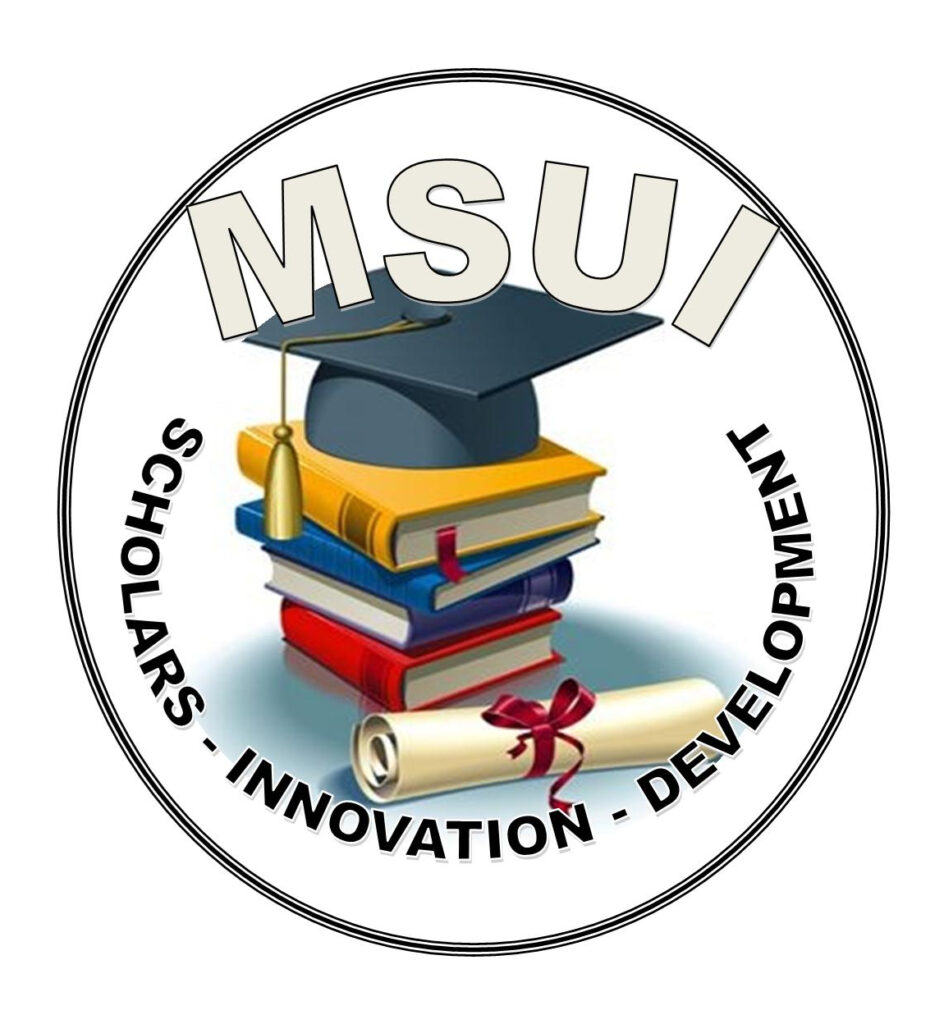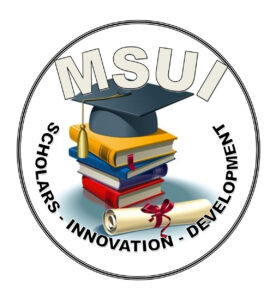By
Julius Ndishua PhD
+2348143421649/+237677491537
ndishuajulius@gmail.com
The Cameroon Baptist Theological Seminary, Ndu
ABSTRACT
This research focuses on the critical methodologies in literary analysis of the Pentateuch. Scholars have used several literary approaches to evaluate the literary genres of the Old Testament, especially the Mosaic authorship and the composition of the Pentateuch. These literary approaches are textual, source, form, redaction, historical, rhetorical, and canonical. The main argument on how to approach, interpret, and understand the Pentateuch remains a challenge in biblical scholarship. This research evaluates the critical methodologies in the literary analysis of the Pentateuch. The researcher uses the narrative method to analyse some of the above-mentioned approaches used in the literary analysis of the Pentateuch. This research argues that these literary approaches: textual criticism, source criticism, form criticism, redaction criticism, historical criticism, rhetorical criticism, and canonical criticism, are interconnected and can be applied to the study of the literary analysis of the Pentateuch. They used the “text” as their “converging and diverging point”. The findings reveal that the literary approaches are essential in their own right and should be appropriately used in the literary analysis of the Pentateuch with particular reference to the study of the Mosaic authorship and composition of the Pentateuch.
Key Words:
Methodologies, Literary Analysis, Pentateuch
Introduction
A method is an essential constituent of research and writing. Eugene F. Kaelin avers that method refers to a researcher’s process to resolve a philosophical problem.[1] The focus must not necessarily be a “philosophical” problem; instead, an approach should be like a yardstick to determine the objective end of either a real or imaginary situation. Yusufu Turaki notes that “a method is like a door that has its own exit.”[2] Turaki’s assertion may suggest that a method is either used to approve or judge the quality of a research work. Scholars have used several literary
approaches to evaluate the literary genres of the Old Testament, especially the Mosaic authorship and the composition of the Pentateuch. These literary approaches are textual, source, form, redaction, historical, rhetorical, and canonical.[1] Similarly, Norman C. Habel assumes that a literary critic is preoccupied with whether or not a text is the work of one man or several others; he also considers whether literary sources have been used. He seeks to know whether editors have reworked the text.[2] The question of approaching, interpreting, and understanding the Pentateuch remains challenging.[3] This research evaluates the critical methodologies in the literary analysis of the Pentateuch. The following are considered selected methodologies, an evaluation of the methodologies, and concluding remarks.
SELECTED METHODOLOGIES
Scholars have approached the Pentateuch differently over time. The main argument is analysing the Pentateuch’s literary genres, styles, authorship and composition. Thus, this section focuses on a few selected approaches: textual, source, form, redaction, historical, rhetorical, and canonical.
Textual Criticism The science and practice of closely reconstructing the ‘original autograph’ are known as textual criticism. It focuses more on the errors that were probably made by scribes when they copied texts from one generation to the next.[4] Likewise, Ellis R. Brotzman and Eric J. Tully suggest that the goal of textual critics is to examine and determine the rate of text corruption and thereby embark on variant readings.

